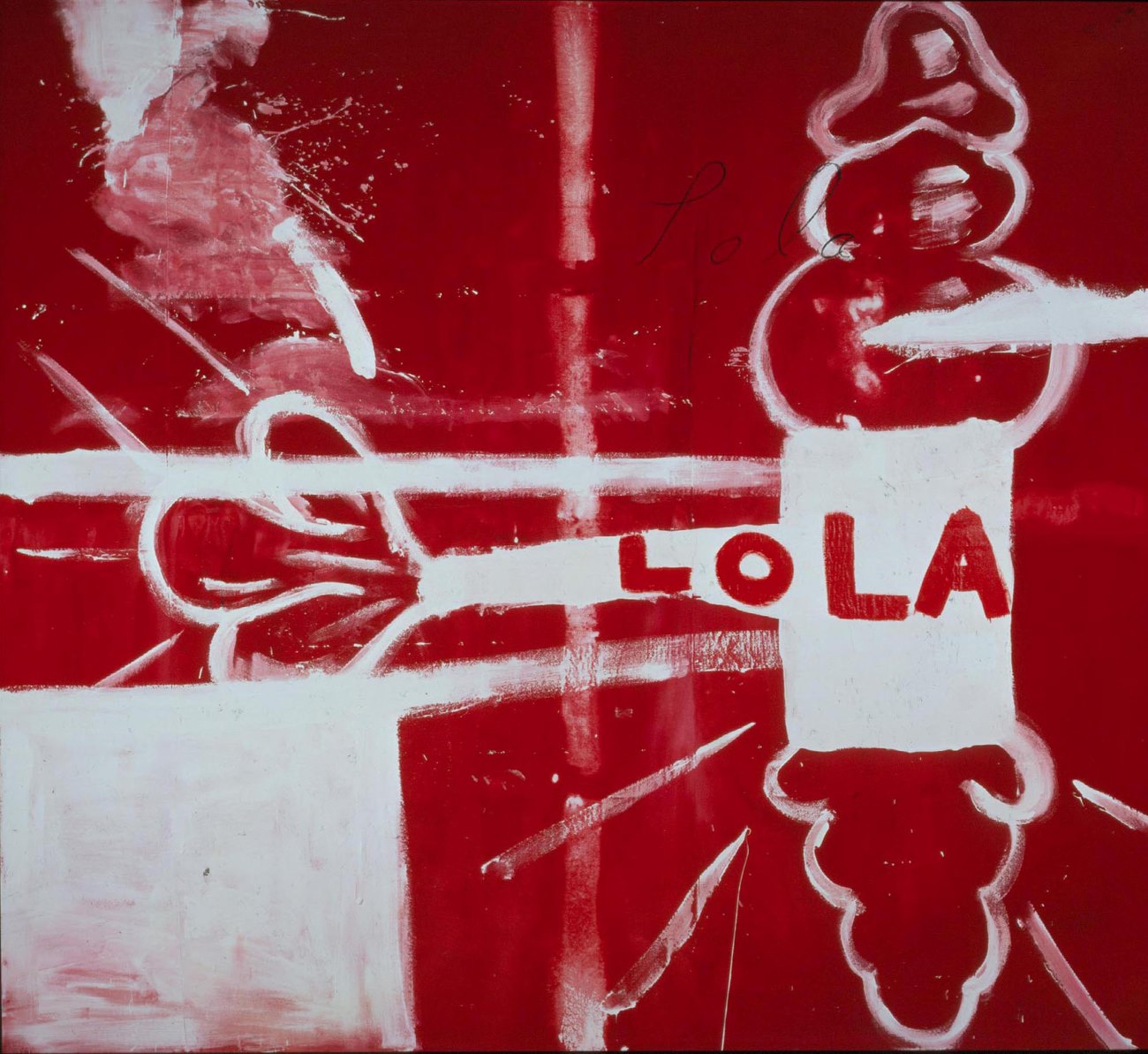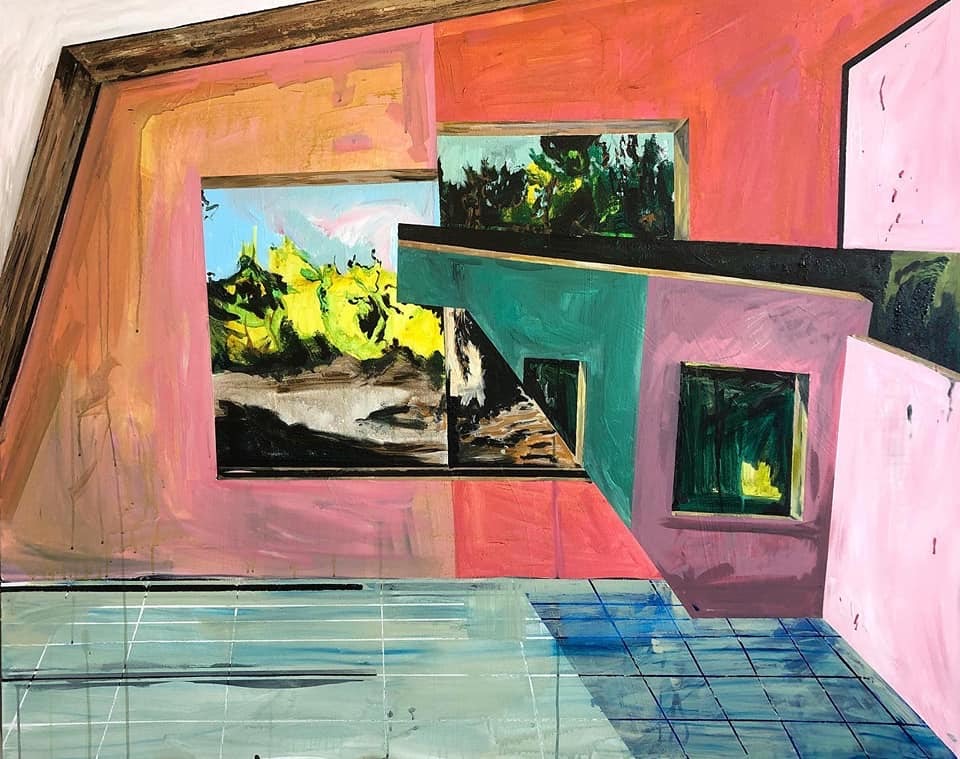Both psychology and art are limitless subjects, bound and intertwined together through the ages. Have you ever wondered why humans indulge ourselves in personalised forms of art or creativity? When we look at others’ art what does it mean and why? Why do some see a horse and others see a dragon in an abstract piece? Why do some colours, style and forms impress us more than others? These are ancient questions frequently entertained by psychologists deeply involved with unravelling the human mind. Each artist’s mind is unique and totally individualistic, how then are we to understand their art, especially when each person perceives and interprets in a different ways? As with both art and psychology there are no simple answers, but, the interdisciplinary field of art psychology tries its best to unravel some of the mystery.

In its pure form art psychology studies characteristics, perception, cognition and the human mental processing of art and its production. Depending on which side of the coin you are on, art or psychology, this could be viewed from very different perspectives. I believe neither art of psychology will never be fully understood nor should it be, there are somethings best left to mystery.

Rorschach inkblot test
Many people have heard of the Rorschach inkblot tests where people are asked to look at various different inkblots and describe what they see. Interestingly they are often used as a way of reveling a persons unconscious thoughts, motives, desires and to assess personality and emotional functioning. A 1995 survey by the American Psychological Society revealed that 82% of psychologists had used the Rorschach inkblot, One 1995 survey, the American Psychological Association revealed that 82% used the Rorschach inkblot test at least occasionally. Rorschach was not the first person to suggest that the interpretation of such inkblots might revel hidden aspects of someone’s personality. Rorschach published papers analysing the artwork of mental patients, suggesting that the art they produced could be used to learn more about their personalities.

Art Therapy
For many years art has been also been used as a form of therapy encouraging creativity and expression. Analytic art therapy has roots in psychoanalysis, focusing on therapist and client and the ideas that are transferred between the both of them through art. Psychotherapists can also analysis their clients artwork, this is frequently used in therapy of children whose language or trauma forms a barrier that drawing and art can overcome. Whatever the method the journey is the same. Art therapist and client journey together to delve into their inner thoughts and emotions by the use of any medium but often paint, paper, pen or clay. Art therapy can also be used as a form of expression or as a relief. It helps people improve cognitive and sensory motor function, creativity, self-awareness, emotional resilience, self-esteem and can aid in conflict resolution and personal growth.

Without doubt every artist enjoys their work or they would not do it. Art flows from the soul as a sort of meditation. I believe we must respect and enjoy art in our own personal ways. Agree to disagree with others about what each of us sees, or doesn’t see. Everyone has their own version of what constitutes their favourite work of art. No two people will see a piece of art the same, each of our brains are different and interprets art in a different way. We must simply love and enjoy our art, nothing more and nothing less.
Written by Fiona van Buren
Fiona is an artist and assistant psychologist in the wilds of Scotland. She seeks her inspiration from the beautiful colours of nature (coral reefs, flowers, landscapes and animals etc.) and its wild and constantly fluid forms of evolution. Her medium of acrylic fluid art allows her to ‘loose’ control of her work reflecting our inability to control nature. This results in beautiful flows of colour and forms on canvas, reflective of her desired mind’s eye environment and totally so open to interpretation by the viewer. Follow her Fiona’s acrylic art on Instagram and Facebook.







